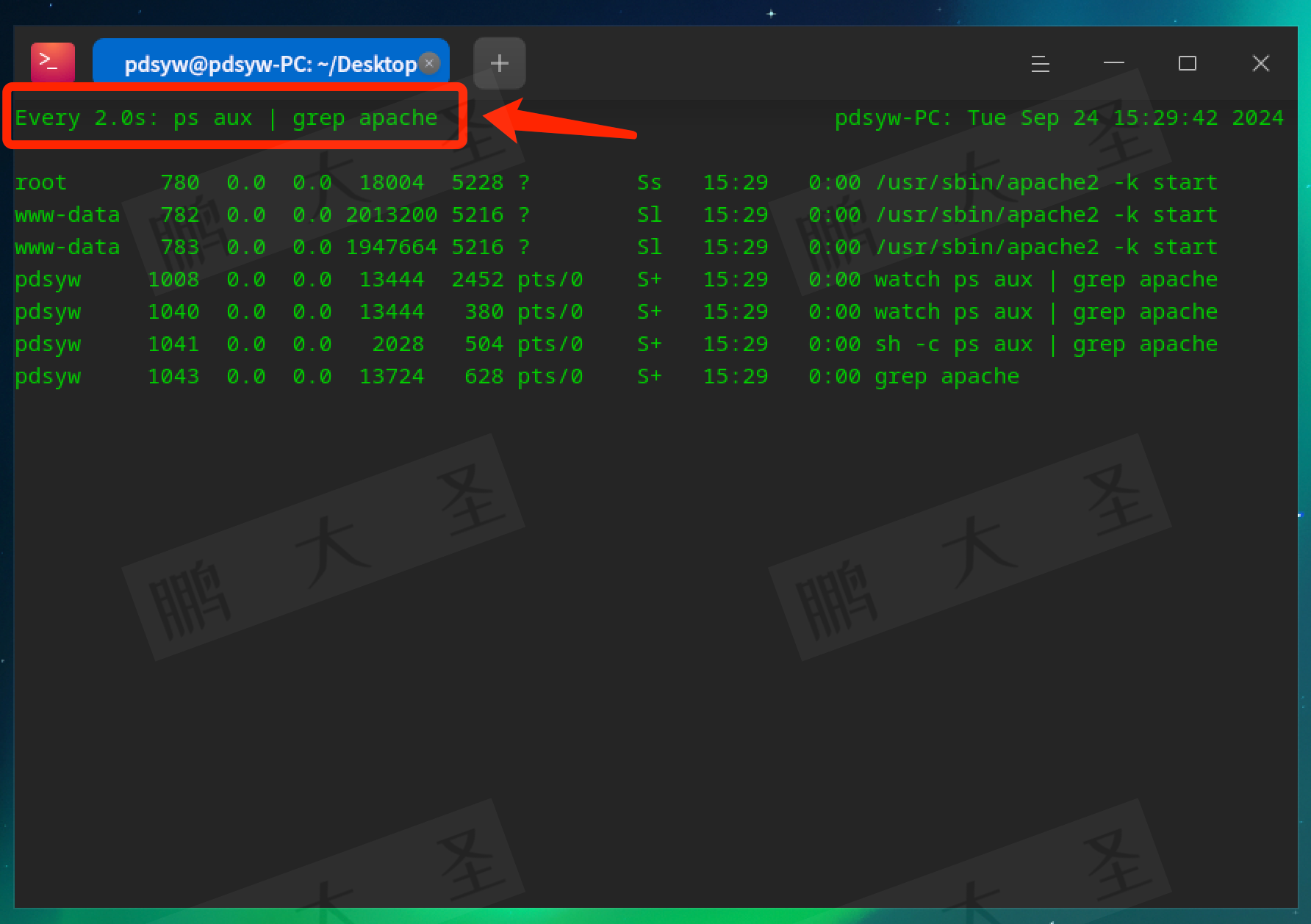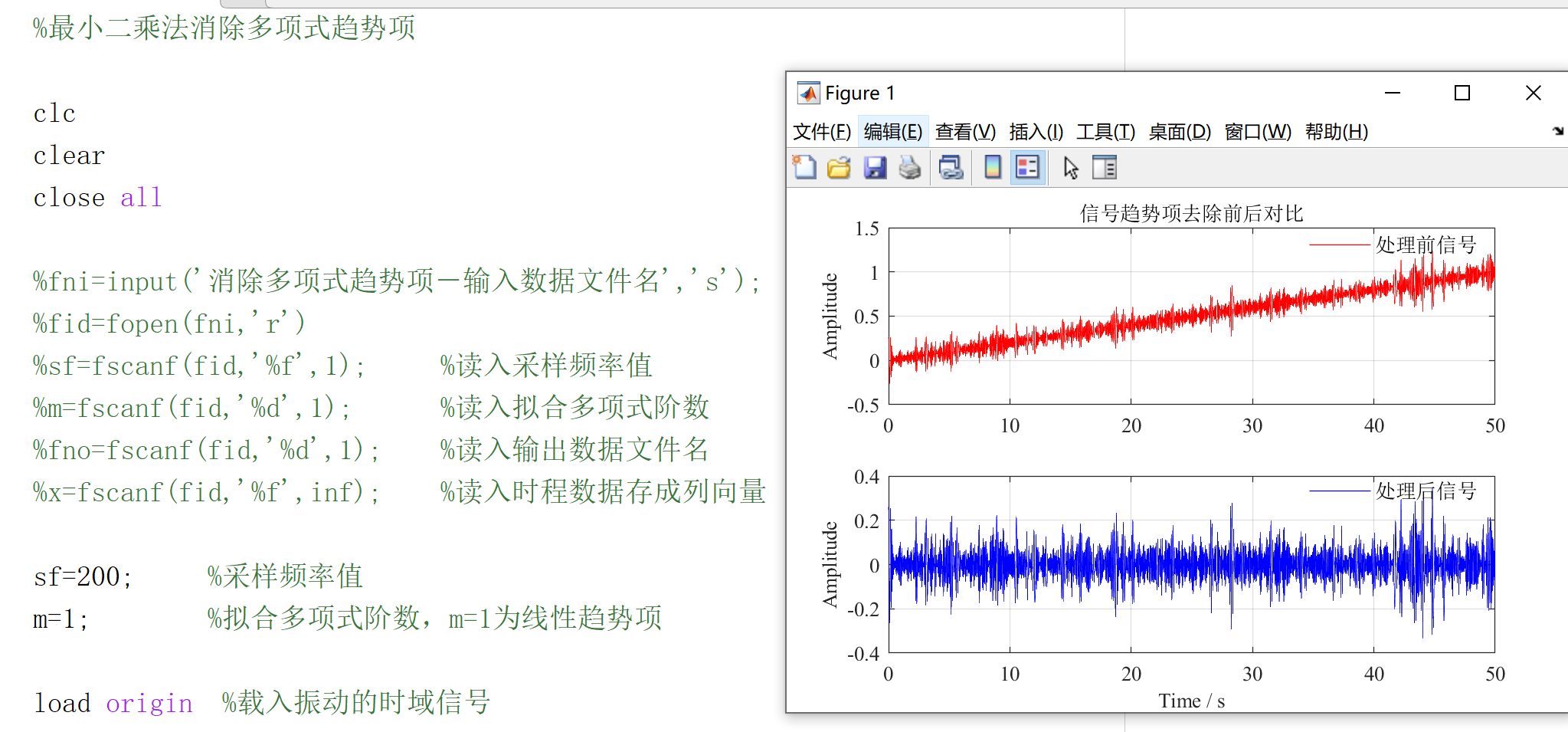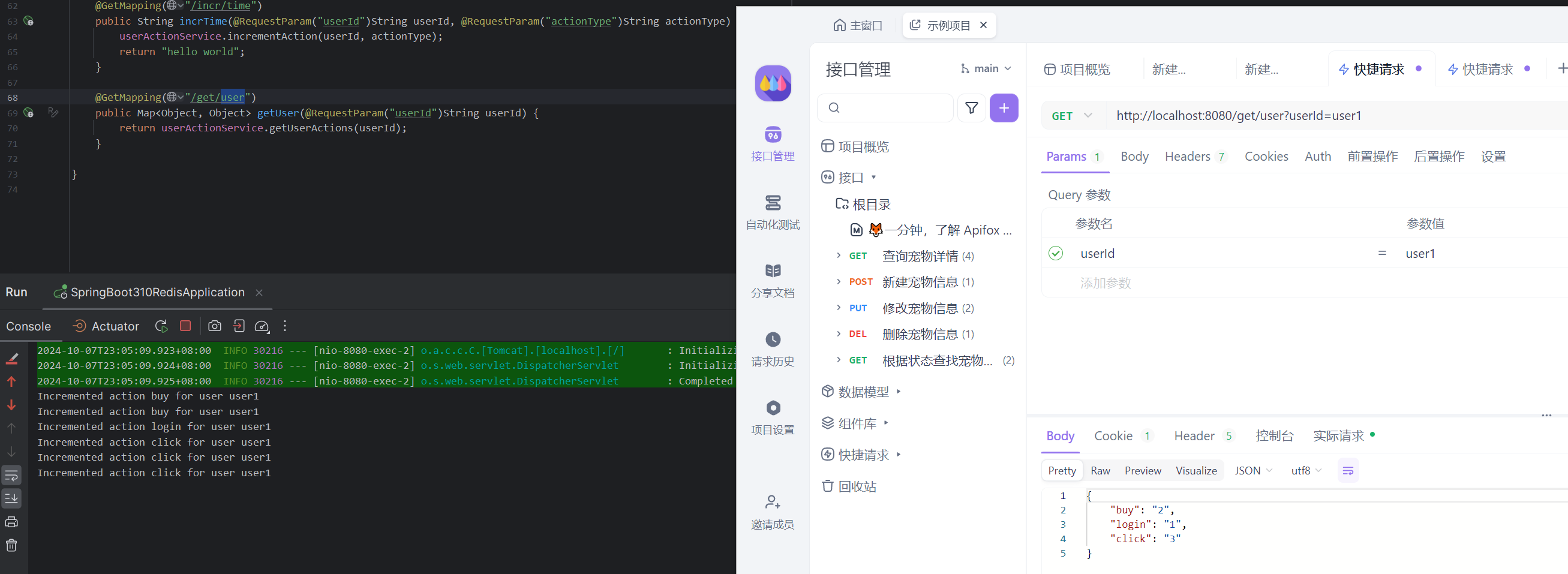目录
39. 组合总和
未剪枝
剪枝优化
40. 组合总和II
131. 分割回文串
回溯
回溯+动态规划优化回文串判断
今天的题目自己都没啥思路,二刷的时候再理解一下。尤其是131.
39. 组合总和
本题和77.组合 ,216.组合总和III的区别是:本题没有数量要求,可以无限重复,但是有总和的限制,所以间接的也是有个数的限制。

未剪枝
对于sum已经大于target的情况,其实是依然进入了下一层递归,只是下一层递归结束判断的时候,会判断sum > target的话就返回。
其实如果已经知道下一层的sum会大于target,就没有必要进入下一层递归了。
class Solution {
List<List<Integer>> result = new ArrayList<>();
LinkedList<Integer> path = new LinkedList<>();
int sum = 0;
public List<List<Integer>> combinationSum(int[] candidates, int target) {
backTracking(candidates,target,0);
return result;
}
public void backTracking(int[] candidates, int target, int index) {
if (sum == target){
result.add(new ArrayList<>(path));
return;
}
if (sum > target) return;
for (int i = index; i < candidates.length; i++) {
path.add(candidates[i]);
sum += candidates[i];
backTracking(candidates,target,i);
sum -= candidates[i];
path.removeLast();
}
}
}剪枝优化
在求和问题中,排序之后加剪枝是常见的套路!
对总集合排序之后,如果下一层的sum(就是本层的 sum + candidates[i])已经大于target,就可以结束本轮for循环的遍历。

for循环剪枝代码如下:
for (int i = startIndex; i < candidates.size() && sum + candidates[i] <= target; i++)- 时间复杂度: O(n * 2^n),注意这只是复杂度的上界,因为剪枝的存在,真实的时间复杂度远小于此
- 空间复杂度: O(target)
// 剪枝优化
class Solution {
public List<List<Integer>> combinationSum(int[] candidates, int target) {
List<List<Integer>> res = new ArrayList<>();
Arrays.sort(candidates); // 先进行排序
backTracking(res, new ArrayList<>(), candidates, target, 0, 0);
return res;
}
public void backTracking(List<List<Integer>> res, List<Integer> path, int[] candidates, int target, int sum, int idx) {
// 找到了数字和为 target 的组合
if (sum == target) {
res.add(new ArrayList<>(path));
return;
}
for (int i = idx; i < candidates.length; i++) {
// 如果 sum + candidates[i] > target 就终止遍历
if (sum + candidates[i] > target) break;
path.add(candidates[i]);
backTracking(res, path, candidates, target, sum + candidates[i], i);
path.remove(path.size() - 1);// 回溯,移除路径 path 最后一个元素
}
}
}40. 组合总和II
本题的难点在于:集合(数组candidates)有重复元素,但还不能有重复的组合。
元素在同一个组合内是可以重复的,怎么重复都没事,但两个组合不能相同。
所以我们要去重的是同一树层上的“使用过”,同一树枝上的都是一个组合里的元素,不用去重。
强调一下,树层去重的话,需要对数组排序!
此题注意理解去重即可。

class Solution {
List<List<Integer>> result = new ArrayList<>();
LinkedList<Integer> path = new LinkedList<>();
public List<List<Integer>> combinationSum2(int[] candidates, int target) {
//为了将重复的数字都放到一起,所以先进行排序
Arrays.sort(candidates);
backtracking(candidates, target, 0, 0);
return result;
}
public void backtracking(int[] candidates, int target, int startIndex, int sum) {
if (sum == target) {
result.add(new ArrayList<>(path));
return;
}
for (int i = startIndex; i < candidates.length; i++) {
//正确剔除重复解的办法
//跳过同一树层使用过的元素
if (sum + candidates[i] > target) break; // 剪枝
if (i != startIndex && candidates[i] == candidates[i-1]) continue; // 去重
path.add(candidates[i]);
// i+1 代表当前组内元素只选取一次
backtracking(candidates, target, i + 1, sum + candidates[i]);
path.removeLast();
}
}
}131. 分割回文串
有点难,自己写不出来,之后再来过一遍
本题这涉及到两个关键问题:
- 切割问题(类似组合问题),有不同的切割方式
- 判断回文

- 在递归循环中截取子串
在for (int i = startIndex; i < s.size(); i++)循环中,我们 定义了起始位置startIndex,那么 [startIndex, i] 就是要截取的子串。
首先判断这个子串是不是回文,如果是回文,就加入在vector<string> path中,path用来记录切割过的回文子串。
注意切割过的位置,不能重复切割,所以,backtracking(s, i + 1); 传入下一层的起始位置为i + 1。
- 判断回文子串
双指针法,一个指针从前向后,一个指针从后向前,如果前后指针所指向的元素是相等的,就是回文字符串了。
列出本题的几个难点:
- 切割问题可以抽象为组合问题
- 如何模拟那些切割线
- 切割问题中递归如何终止
- 在递归循环中如何截取子串
- 如何判断回文
回溯
class Solution {
List<List<String>> res = new ArrayList<>();
List<String> cur = new ArrayList<>();
public List<List<String>> partition(String s) {
backtracking(s, 0, new StringBuilder());
return res;
}
private void backtracking(String s, int start, StringBuilder sb) {
//因为是起始位置一个一个加的,所以结束时start一定等于s.length,因为进入backtracking时一定末尾也是回文,所以cur是满足条件的
if (start == s.length()) { // 已经处理完字符串的所有字符
//注意创建一个新的copy
res.add(new ArrayList<>(cur)); // 将 cur 的一个副本加入 res。
return;
}
//像前两题一样从前往后搜索,如果发现回文,进入backtracking,起始位置后移一位,循环结束照例移除cur的末位
for (int i = start; i < s.length(); i++) {
sb.append(s.charAt(i));
if (check(sb)) {
cur.add(sb.toString());
backtracking(s, i + 1, new StringBuilder()); // 不能重复切割,所以,backtracking(s, i + 1); 传入下一层的起始位置为i + 1。
cur.remove(cur.size() - 1); // 回溯,即移除当前添加的回文子串。
}
}
}
//检查是否是回文
private boolean check(StringBuilder sb) {
for (int i = 0; i < sb.length() / 2; i++) {
if (sb.charAt(i) != sb.charAt(sb.length() - 1 - i)) return false;
}
return true;
}
}回溯+动态规划优化回文串判断
详细解释见注释
这个代码通过动态规划和回溯结合,先用动态规划确定所有可能的回文子串,再通过回溯法找到所有有效的划分。与前一个版本相比,这个版本利用 dp 数组提前判断回文子串,从而避免重复计算,使得回溯过程更加高效。
// 回溯+动态规划优化回文串判断
class Solution {
List<List<String>> result;
LinkedList<String> path;
boolean[][] dp; // dp[i][j] 表示字符串从第 i 个字符到第 j 个字符是否是回文子串。
public List<List<String>> partition(String s) {
result = new ArrayList<>();
char[] str = s.toCharArray();
path = new LinkedList<>();
dp = new boolean[str.length + 1][str.length + 1];
isPalindrome(str);
backtracking(s, 0);
return result;
}
//startIndex 是当前处理的起始位置。
public void backtracking(String str, int startIndex) {
if (startIndex >= str.length()) {
//如果起始位置大于s的大小,说明找到了一组分割方案
result.add(new ArrayList<>(path));
} else {
// 从 startIndex 开始遍历,逐步扩大到 i(表示当前子串的结束位置)
for (int i = startIndex; i < str.length(); i++) {
if (dp[startIndex][i]) {
//是回文子串,进入下一步递归
//先将当前子串保存入path
path.addLast(str.substring(startIndex, i + 1));
//起始位置后移,保证不重复
backtracking(str, i + 1); // 继续搜索后续部分。
path.pollLast();// 回溯,移除当前子串,以尝试其他可能的划分
} else {
//不是回文子串,跳过
continue;
}
}
}
}
//通过动态规划判断是否是回文串,参考动态规划篇 52 回文子串
public void isPalindrome(char[] str) {
// dp[i][i] 初始化为 true,因为任何一个字符自身都是回文
for (int i = 0; i <= str.length; i++) {
dp[i][i] = true;
}
for (int i = 1; i < str.length; i++) {
for (int j = i; j >= 0; j--) {
if (str[j] == str[i]) {
if (i - j <= 1) { // 两个字符相邻或相同
dp[j][i] = true; // 如 "aa" 是回文
//否则,如果 str[j] == str[i] 且内部的子串 str[j+1] 到 str[i-1] 也是回文(即 dp[j+1][i-1] == true),
// 那么 str[j] 到 str[i] 也是回文,所以设置 dp[j][i] = true。
} else if (dp[j + 1][i - 1]) {
dp[j][i] = true;
}
}
}
}
}
}第二十三天的总算是结束了,直冲Day24!


















